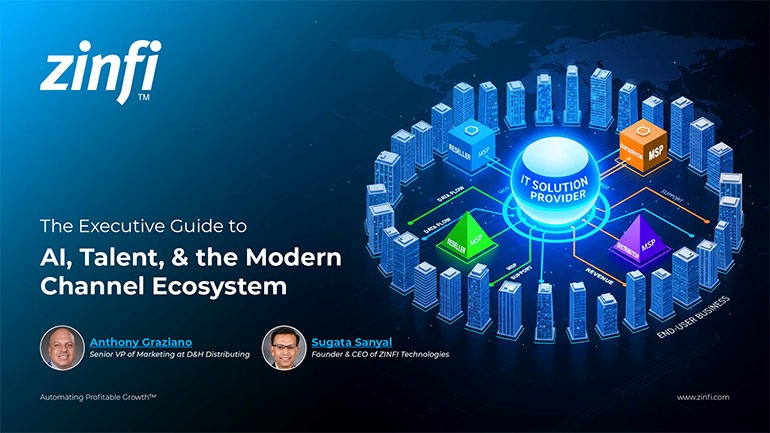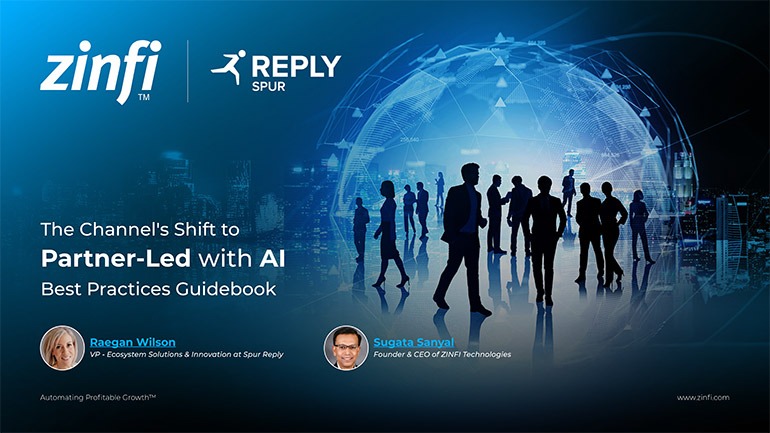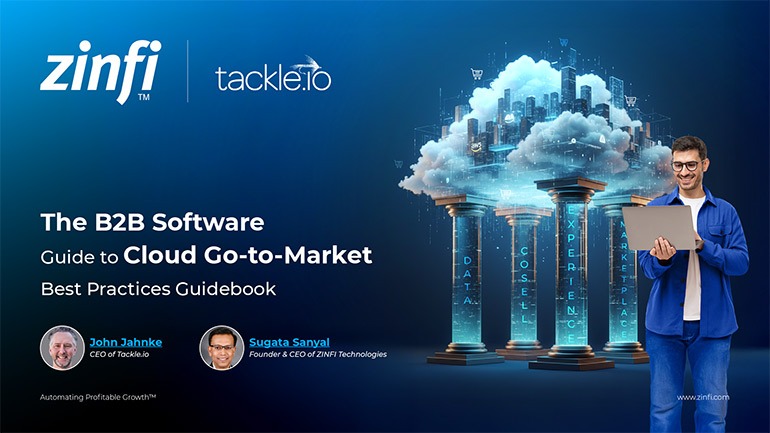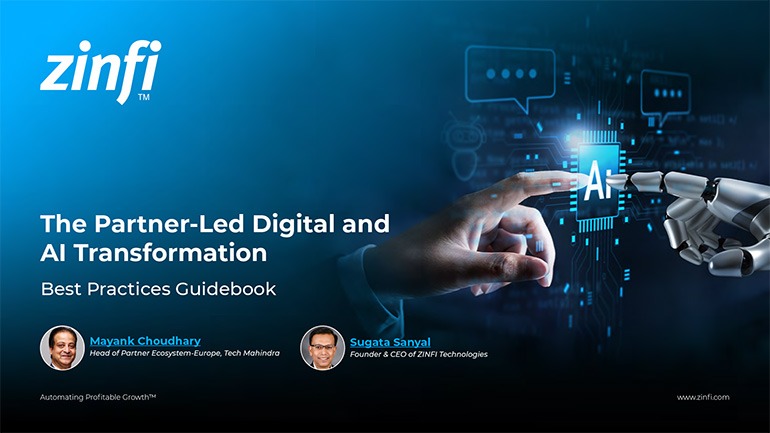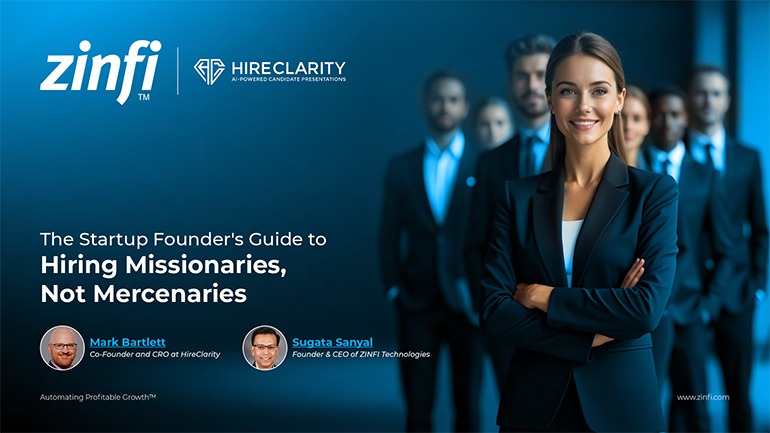The discussion begins with the personal journeys of Ademola Adelakun and Will Taylor into the realm of online content creation, highlighting the initial hesitations and subsequent embrace of authenticity as a core tenet of their brand presence. As an engineer by background, Sugata Sanyal shares his discomfort with abstract online spaces compared to live audiences, leading to an exploration of how individuals and, by extension, brands transition into public online personas. Ademola recounts his early experiences with Will on Snapchat, where they organically built a community by simply "showing up as ourselves." Surprisingly, this casual approach led to a loyal audience that experienced the same authentic offline interactions as online, sharply contrasting with content creators who adopt personas that lead to burnout and negative real-life encounters. This segment underscores the foundational belief that genuine self-expression is preferable and essential for sustainable online engagement and humanizing brands.
Will Taylor further elaborates on his initial disdain for social media, particularly LinkedIn, finding it "cringy" and "dry." However, he quickly recognized an opportunity to learn and grow by sharing his experiences and hardships, embodying the principle that "the best way to learn is to teach." This vulnerability led to an expanding network, increased "luck surface area," and ultimately, the ability to build his business, a feat he believes would have been impossible without consistent online posting. Ademola and Will, having studied psychology, emphasize the importance of sharing emotions and being vulnerable to foster deeper connections and trust, ultimately allowing them to be more of their true selves online and off. This authenticity, they argue, brings significant business ROI by bridging gaps between people and creating relatable content, which is crucial for effective partnering.
The conversation also touches upon content creators' strategic choices regarding the type of content they share. Sugata probes whether Ademola and Will have ever deleted posts, revealing that while minor adjustments might occur, the core of their content remains. A significant point of agreement is the deliberate avoidance of political or religious content on professional platforms. Will argues that such topics, while necessary, do not "move anyone forward" in a social media context due to its one-way communication stream and the algorithm's optimization for "outrage." Ademola echoes this, stating that as a spiritual person, he aims to put out positive posts and avoids discourse that is "usually not productive," preferring to have such complex conversations offline. This strategic decision highlights a conscious effort to maintain a positive and constructive online environment, reinforcing the concept of authentic yet mindful self-expression essential for humanizing brands and fostering successful partnering.

